University Cyber Security Report: Smart Home Network Analysis
VerifiedAdded on 2022/08/20
|5
|994
|14
Report
AI Summary
This report delves into the cyber security challenges within smart home environments, focusing on network traffic monitoring and potential vulnerabilities. It begins with an overview of smart home technology and its increasing reliance on the Internet of Things (IoT), highlighting the integration of various devices and systems. The report then reviews existing research, including studies on security risks, privacy violations, and data analysis related to network traffic. A critical analysis section discusses the evolving nature of cyber threats, the role of default device settings, and the responsibilities of content providers and service providers. The report emphasizes the need for robust cyber security measures to protect against potential attacks and maintain user privacy in the increasingly connected smart home ecosystem. It provides insights into the complex interplay of technology, security, and user behavior within the context of smart home networks. The report underscores the importance of proactive security measures to safeguard against cyber threats and protect user data.
1 out of 5
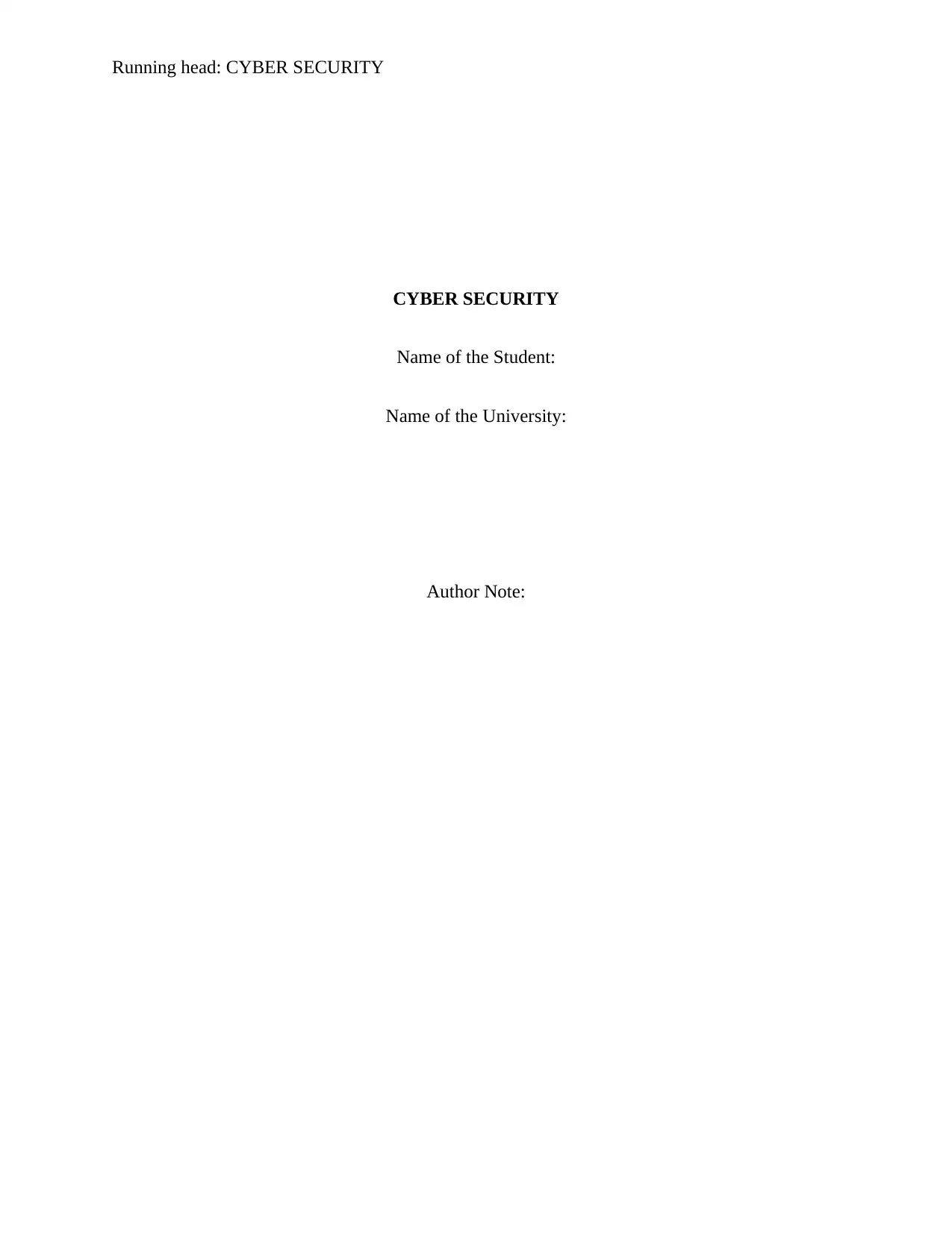
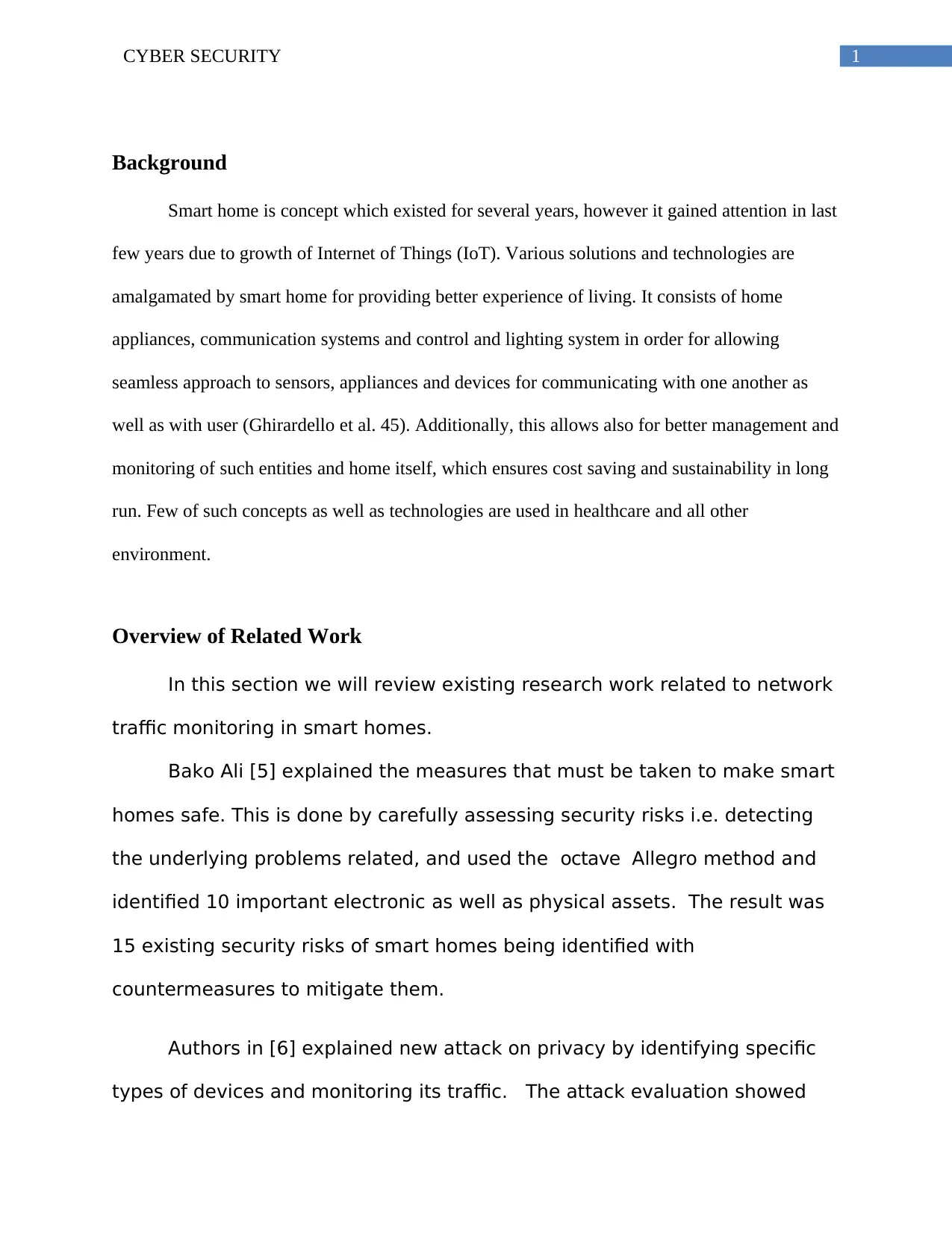
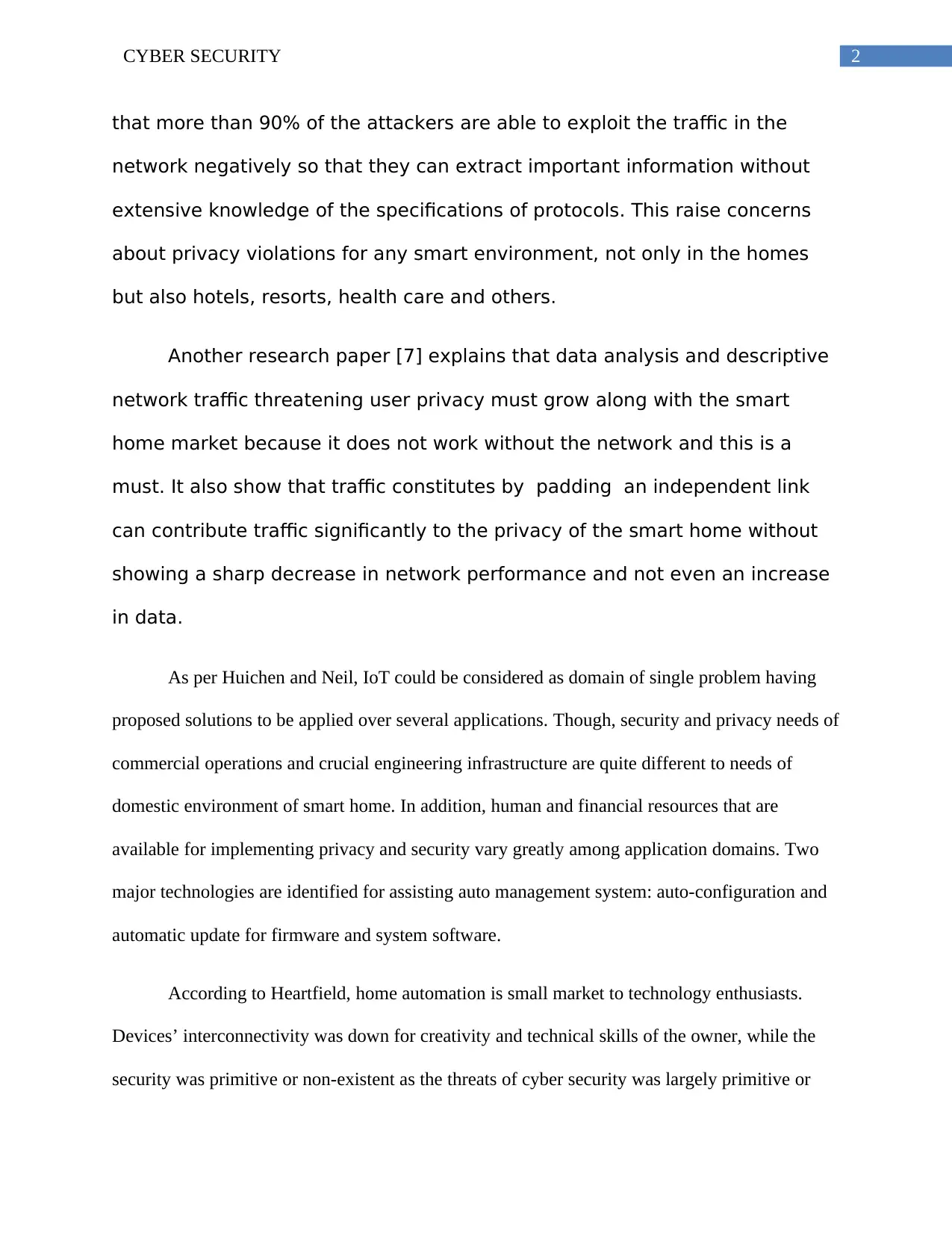

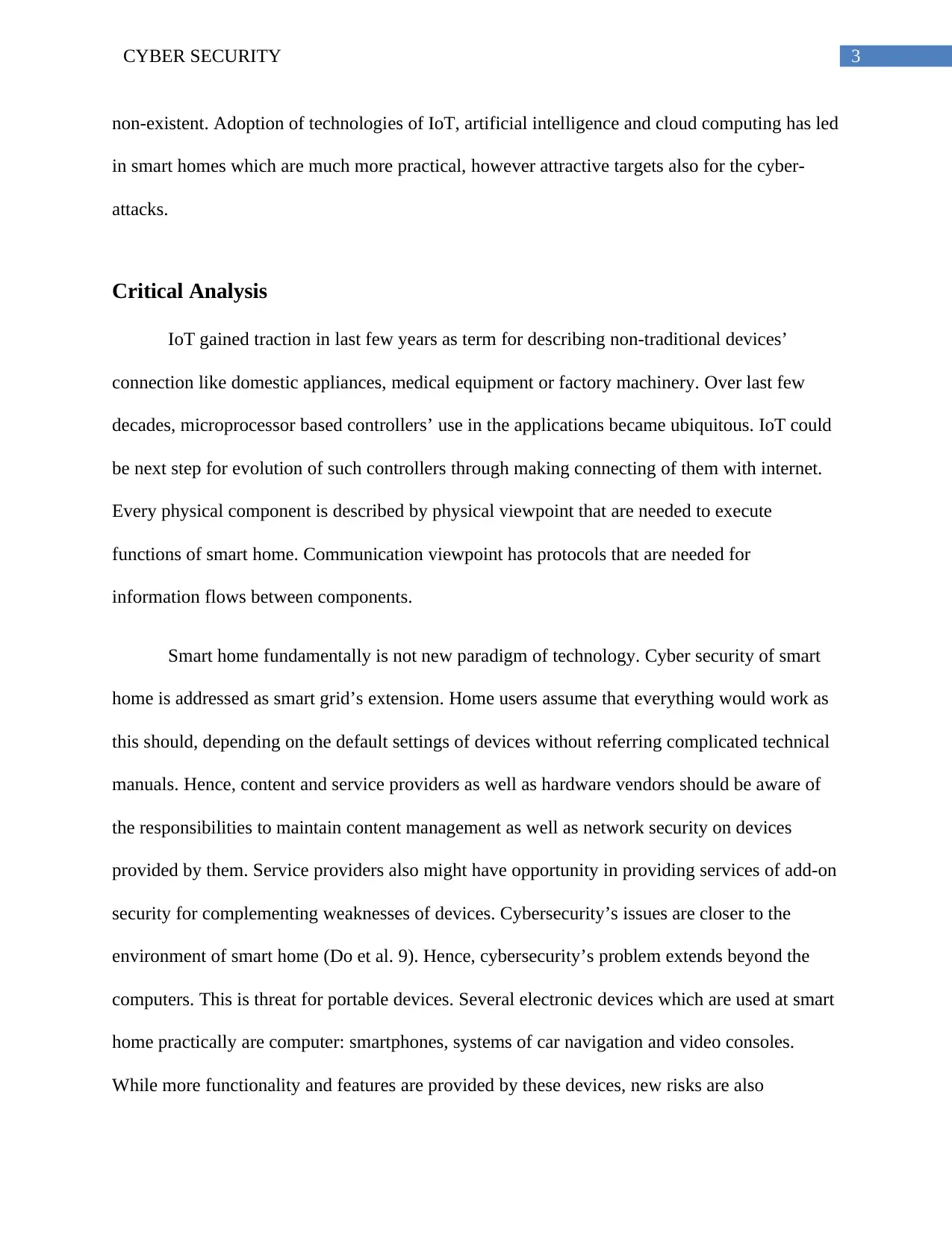
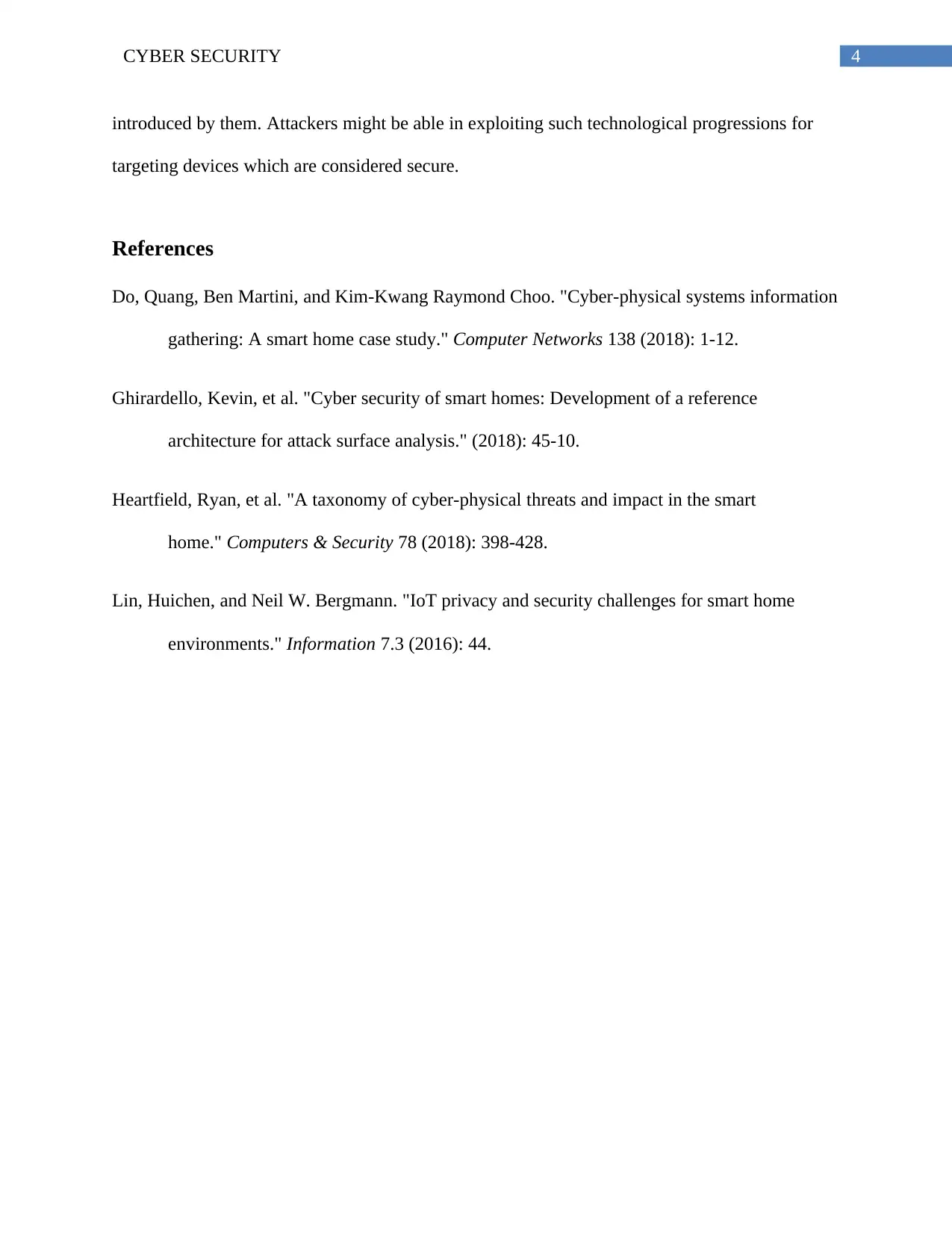






![[object Object]](/_next/static/media/star-bottom.7253800d.svg)